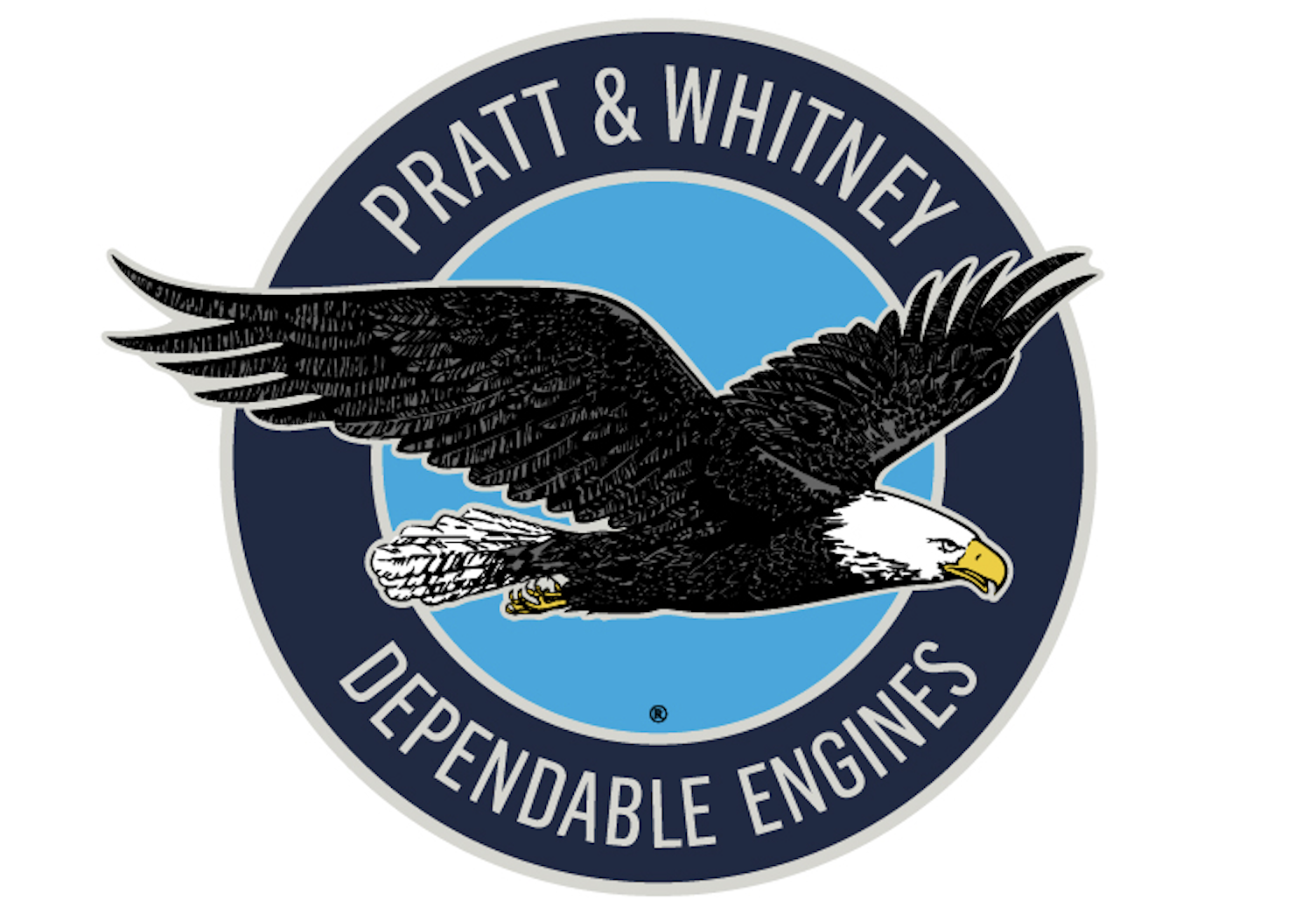

This video contains proprietary information and cannot be shared publicly at this time.
Team 12
Team Members |
Faculty Advisor |
Ryan Orozco |
Dongjin Song Sponsor Pratt & Whitney |
sponsored by

Causality Interrogation Using a Physics Infused Data Analytics Approach
The challenge of a purely data driven approach is partly the extreme bias of the dataset. By design, failure of a component is a rare occurrence. Added to this is a high noise-to-signal characteristic of the sensor signals that make a purely data driven approach unreliable. Also, the sensor which reports a problem can be a consequence of a long cascade of events starting from the root of the problem to where the sensor is located. Data analytics is not aware of such connection and may not be able to infer such a connection. Also, the root cause to failure detection is a many-to-one and one-to-many type of connections with each being probabilistic in nature. A great way to make analytics more reliable and to circumvent the biased dataset is to combine physics and data analytics. There are many ways to do this. This can be straightforward such as deriving a feature using physical laws for tracking the likelihood of a failure occurring (mean time to failure) or to build an elaborate model that describes the operation of a component and its associated failure modes with system parameters inferred from data. A more general method would be to use inductive logic in the context of a reasoning or belief network to find with data the most likely physical pathway leading to a detected failure, i.e., the cause and thus, the best feature for tracking, which is the focus of this project.
